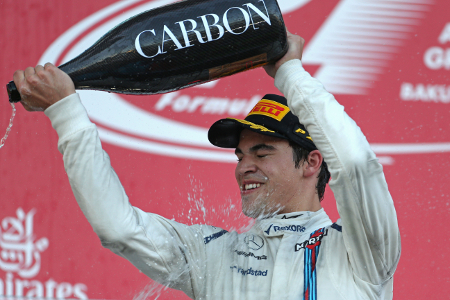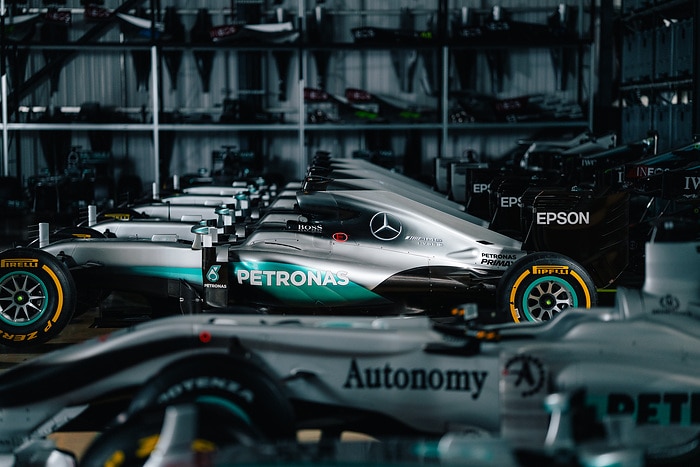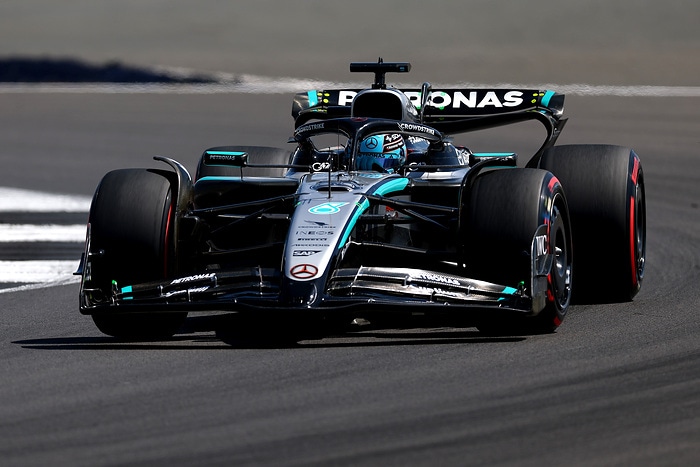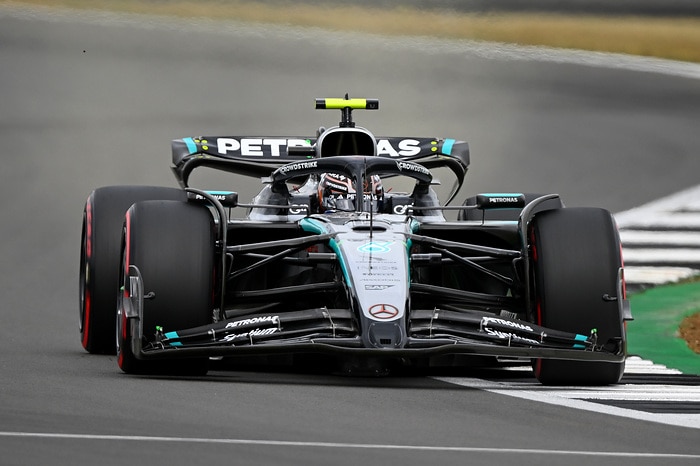
Should the FIA make it easier or harder for young drivers to get an F1 superlicence?
The topic is back on the agenda after a decision by the FIA World Council today to make some changes to the points structure behind the licence system. A driver needs to accumulate 40 points over a three year period to be eligible for a super licence and different categories provide varying levels of points for success.
While the FIA F2 champion gets an automatic licence still, the FIA F3 champion will have more to do. He or she now gets 30 points for winning the title. Lance Stroll graduated straight from F3 this year, which would be more difficult for Lando Norris, for example, to follow. The young Brit will have to do a season of F2 next year or SuperFormula in Japan to get the qualifying points he needs. He was always going to do that anyway, but this move today just makes it a little harder for drivers to make rapid steps from the junior categories to F1.
Mick Schumacher has some work to do to get up to F1, having learned the ropes this season, he will be back next year to try to challenge for the title and then he will have to do F2 as well, so it could be 2020 or 2021 by the time he reaches F1, which German TV and other corporates are longing for to boost ratings.
This raising of the threshold for licences follows lobbying by the current F1 drivers association to make it harder for youngsters to come into F1 without the necessary steps of preparation. Drivers like Esteban Ocon did F3 and GP3 before moving up, Leclerc has done F3 and F2 and Norris will do the same. All three are among the brightest stars of F1’s future.
Much of this has happened since Max Verstappen exploded onto the scene as a 17 year old, without winning the FIA F3 series. Such was the faith of Red Bull in his talent and he has certainly repaid the faith. His 2017 season has had its share of reliability problems but he has shown that he is right up there with the best, having outqualified the super-fast Daniel Ricciardo 10 times this season.
But the minimum age was set at 18 and now the licence criteria have been toughened up.
The desire from F1 owners Liberty Media to reach out to the USA may have had some bearing on the inclusion of several new US based championships becoming eligible for points – including NASCAR Cup, IMSA and Indy Lights. The IndyCar champion still gets an automatic 40 points and eligibility for a superlicence. Josef Newgarden was recently crowned 2017 champion and is now eligible for an F1 superlicence.
The flip side of the F1 drivers argument that the criteria should be made more tough is drivers like F2 drivers Nicolas Latiffi or Nobuharu Matsushita, who will miss out on the points threshold this year. Latiffi’s family is like Stroll’s in terms of wealth, enough to help to support a struggling team, while Matsushita is a Honda protege and under consideration for a Toro Rosso seat next season.
But the desire for F1 drivers to be seen as the best of the best is strong and once the budget cap is brought in, from 2021 with a three year glidepath, with a simplified F1 engine which will bring overall costs down to around $150m a year, the premium will be on the drivers to be the best of the best.
This is good news for the Verstappen, Ocon, Leclerc, Norris generation, which looks like it will be very exciting.
What do you think? Should it be easier or harder than it currently is to get an F1 superlicence? Leave your comment in the section below
Source :https://www.jamesallenonf1.com

























